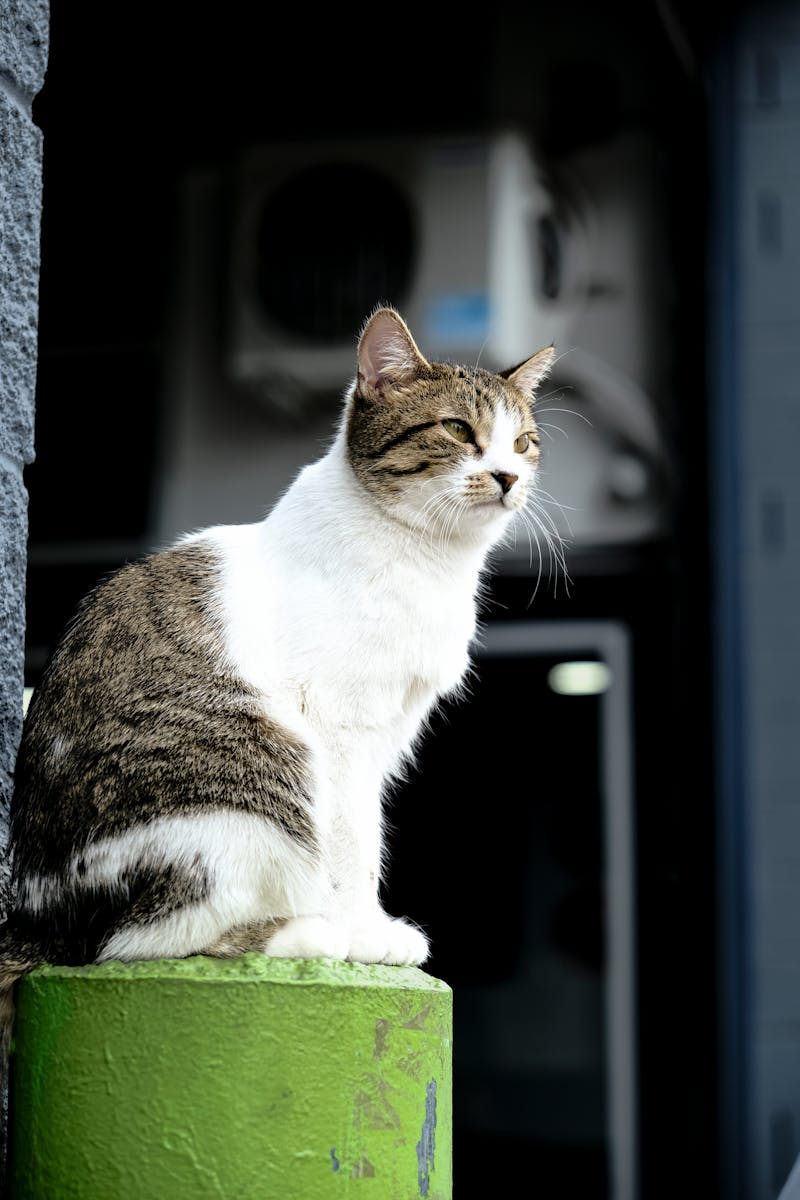Cats are mysterious creatures with a unique way of communicating. Unlike dogs, who are often more overt with their emotions, cats use subtle body language to express themselves. By learning to interpret these signals, you can gain a deeper understanding of your feline friend’s feelings and needs. In this blog, we’ll explore the intricacies of feline body language and how to decipher what your cat is really saying.
1. The Basics of Cat Body Language
Understanding your cat’s body language begins with recognizing some fundamental cues:
1.1. Tail Position
- Upright Tail: A cat with its tail held upright is usually feeling confident, happy, and friendly. It’s a positive sign that your cat is in a good mood and open to interaction.
- Curved Tail: If the tail is curved like a question mark, it indicates curiosity and interest. Your cat might be intrigued by something or someone.
- Puffed-Up Tail: A puffed-up tail is a sign of fear or aggression. It makes the cat appear larger and more intimidating as a defensive mechanism.
- Low or Tucked Tail: A tail held low or tucked between the legs signifies insecurity, fear, or submission. Your cat might be feeling threatened or anxious.
1.2. Ears
- Forward Ears: Ears facing forward indicate that your cat is alert, curious, or interested in something. It’s a sign of engagement and attentiveness.
- Sideways Ears: Ears turned sideways or slightly back suggest that your cat is uncertain, irritated, or annoyed. It’s a sign that your cat might be feeling uncomfortable or defensive.
- Flat Ears: Ears pressed flat against the head are a strong indicator of aggression, fear, or severe discomfort. Your cat might be ready to defend itself or retreat.
1.3. Eyes
- Slow Blinking: Cats that slowly blink at you are showing trust and affection. It’s often called a “cat kiss” and is a sign that your cat feels safe and comfortable with you.
- Dilated Pupils: Dilated pupils can indicate excitement, fear, or aggression. It’s essential to consider the context to understand the exact emotion.
- Narrowed Eyes: Narrowed eyes can signify irritation or a relaxed state, depending on the situation. If accompanied by relaxed body language, it generally means your cat is calm and comfortable.
2. Understanding Cat Postures
2.1. Arched Back
An arched back, often accompanied by puffed-up fur, indicates that a cat is feeling threatened or is trying to appear larger. This posture is a defensive behavior designed to scare off potential threats.
2.2. Sitting or Lying with Belly Exposed
When a cat lies on its back with its belly exposed, it’s a sign of trust and relaxation. However, this position can also be a sign of vulnerability. If you attempt to touch a cat in this position, be gentle as it might be a sensitive spot for them.
2.3. Kneading
Kneading, where a cat pushes its paws in and out against a soft surface, is a comforting behavior often linked to kittenhood. It’s a sign of contentment and affection, and it indicates that your cat feels safe and secure.
2.4. Tail Flicking or Lashing
Tail flicking or lashing can indicate agitation, frustration, or excitement. If your cat is flicking its tail while interacting with you or another cat, it might be feeling annoyed or overstimulated.
3. Vocalizations and Their Meanings
While body language is crucial, understanding vocalizations can provide additional context:
3.1. Purring
Purring usually signifies contentment and relaxation. However, it can also indicate that a cat is in pain or stressed, especially if the purring is accompanied by other signs of distress.
3.2. Meowing
Cats meow primarily to communicate with humans. The tone, frequency, and intensity of the meow can indicate different needs or emotions, such as hunger, attention-seeking, or discomfort.
3.3. Hissing and Growling
Hissing and growling are clear signs of aggression or fear. These vocalizations are meant to ward off perceived threats and indicate that your cat feels threatened or is prepared to defend itself.
4. Context Matters
Understanding feline body language requires considering the context in which the behavior occurs:
4.1. Interaction with Other Animals
Observe how your cat interacts with other animals. A cat’s body language can change dramatically when it’s around other pets, reflecting its feelings of dominance, submission, or territoriality.
4.2. Environmental Changes
Changes in the environment, such as new furniture or visitors, can impact your cat’s behavior. Pay attention to how these changes affect your cat’s body language to understand its reactions.
4.3. Health and Well-being
A sudden change in your cat’s body language might indicate health issues. If your cat displays signs of discomfort, aggression, or significant behavioral changes, a visit to the vet may be necessary to rule out medical problems.
5. Building a Strong Bond Through Understanding
5.1. Positive Reinforcement
Use positive reinforcement to encourage desirable behaviors. Understanding what makes your cat comfortable and happy allows you to build trust and strengthen your bond.
5.2. Respect Boundaries
Respect your cat’s body language and boundaries. If your cat displays signs of discomfort or irritation, give it space and time to calm down before attempting interaction.
5.3. Enrichment and Engagement
Provide environmental enrichment and engage with your cat through play and interaction. Understanding your cat’s body language helps you tailor activities to its preferences and needs, ensuring a happy and healthy relationship.











Leave a Reply